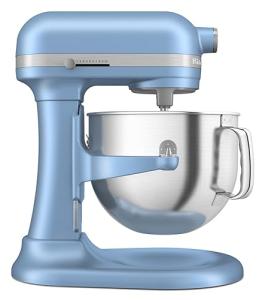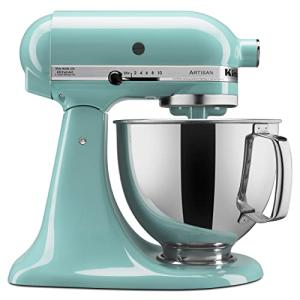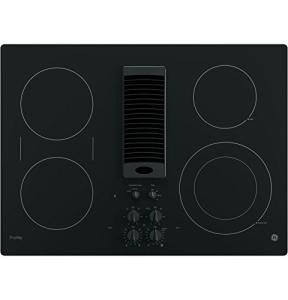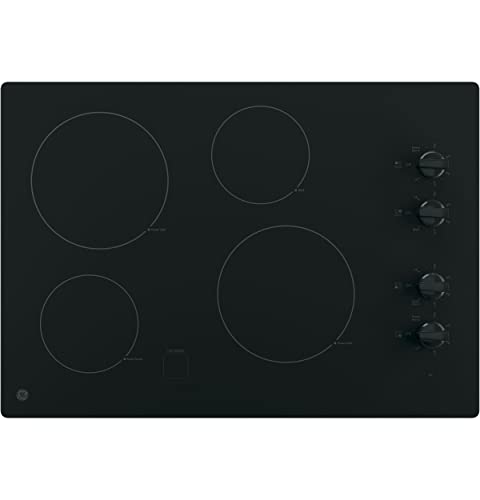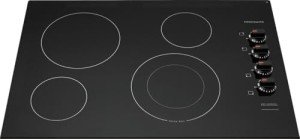Ready to dive into your kitchen appliance installation? Before you roll up your sleeves, it’s smart to gather all the tools you’ll need. Having everything on hand will save you time and frustration when it’s time to get to work.
Here’s a quick list of tools that will make your life easier during kitchen appliance installation:
You might also want to grab some safety gear like gloves and safety goggles. Better to be safe than sorry, right? Plus, if you’re dealing with sharp edges or heavy items, having that protection can be a lifesaver.
Finally, don’t forget to read the installation manual for your appliance. It usually has specifics that can really help you nail down the kitchen appliance installation process. Having the right tools and instructions will lead to a smoother experience, making your kitchen transformation enjoyable.
Measure Your Space First
Before you dive into buying your new kitchen appliances, take a moment to measure your space. It might seem like a no-brainer, but it’s super important to know what you’re working with. Imagine getting that gorgeous fridge only to find it won’t fit through your door or into the designated spot. Yikes!
Grab a tape measure and jot down your kitchen’s dimensions. Measure your doorways, hallways, and any corners or tight spots that your appliance will have to navigate. Don’t forget to check the height, width, and depth of the area where your new appliance will sit. This way, you can shop confidently and avoid surprises when it’s time for installation.
Also, think about the clearance needed around the appliances. For example, some models need extra space for ventilation, while others need room for doors to open fully. It’s all part of the planning for a smooth kitchen appliance installation.
If you’re eyeing built-in models, make sure to check the cutout dimensions too. If the space isn’t just right, those appliances won’t work as intended. Measurement is key to making everything fit perfectly and getting the most out of your kitchen space.
KitchenAid 7 Quart Stand Mixer, Velvet Blue
The ultimate kitchen companion for whipping up delicious treats with ease and style
Product information
$649.99 $579.95
Product Review Score
4.79 out of 5 stars
174 reviewsProduct links
Follow the Instructions Carefully
When it comes to kitchen appliance installation, following the instructions carefully is a game changer. Each appliance comes with specific guidelines tailored to its setup and functionality. Ignoring these steps can lead to a lot of headaches down the road, so make sure you give them a solid read before diving in.
Check for all the tools you’ll need. Most installation manuals list these at the beginning. It can be as simple as a screwdriver or sometimes even a level for alignment. Having everything ready will save you time and frustration. Trust me, you don’t want to be halfway through and realize you’re missing a tool.
Don’t rush the process. It’s easy to get excited about a shiny new oven or dishwasher, but taking your time pays off. Go through each step without skipping ahead. If something doesn’t look right, double-check it. Make sure everything is plugged in securely and that any hoses or vents are connected as described. This isn’t just about getting it done; it’s about getting it done right.
Also, if you run into confusion, don’t hesitate to reach out to customer support or look up video tutorials for your specific appliance. There’s a wealth of resources out there that can guide you through tricky parts of kitchen appliance installation. A little extra help can make all the difference.
KitchenAid 5-qt Tilt-Head Stand Mixer with Shield
Mix up your baking game with this versatile stand mixer that's perfect for both novice and experienced chefs
Product information
$349.99
Product Review Score
4.13 out of 5 stars
55 reviewsProduct links
Test Everything Before You Use
Before you dive into your cooking adventures, take a moment to test everything related to your kitchen appliance installation. It may seem tedious, but trust me, it can save you a lot of headaches later. You want to be sure that each appliance is functioning properly right from the start.
Start by plugging in your appliances and checking that they're receiving power. If they won’t turn on, it might be an easy fix like a blown fuse or a loose connection. Check the manufacturer’s instructions on how to troubleshoot. You'd be surprised how often a simple step can resolve your issue.
Next, run a quick test cycle. Whether it’s your dishwasher or oven, put it through its paces. Listen for any strange noises and look for leaks. These little checks will help you catch any potential problems so you can claim your warranty or get repairs scheduled before you really need the appliance.
Don’t forget about safety! Check that all installations comply with local codes. If your appliance uses gas or water, it’s especially important to confirm that connections are secure and leak-free. A bit of prep can keep your kitchen safe and your meals worry-free.
